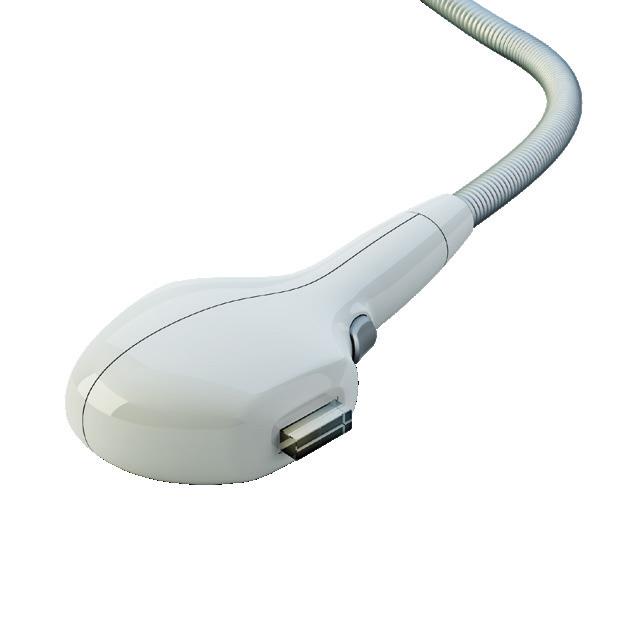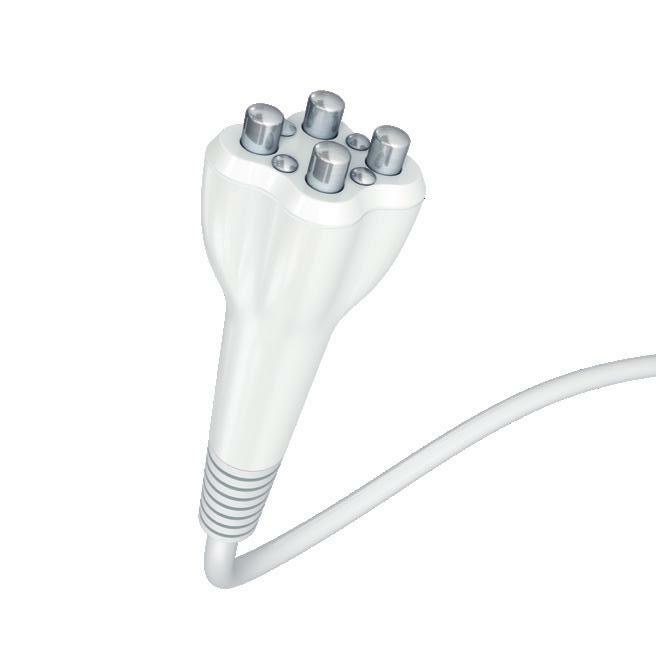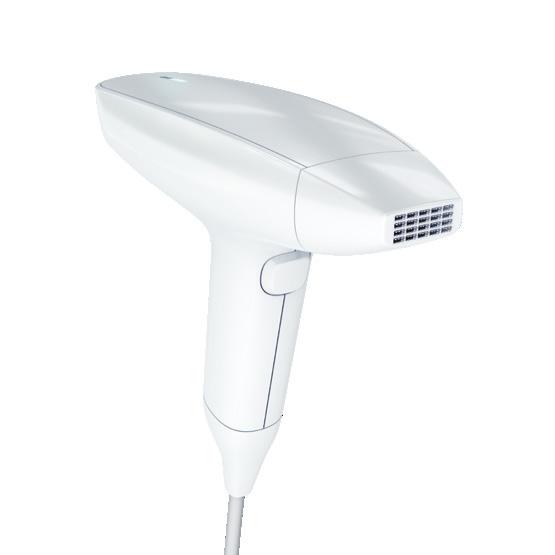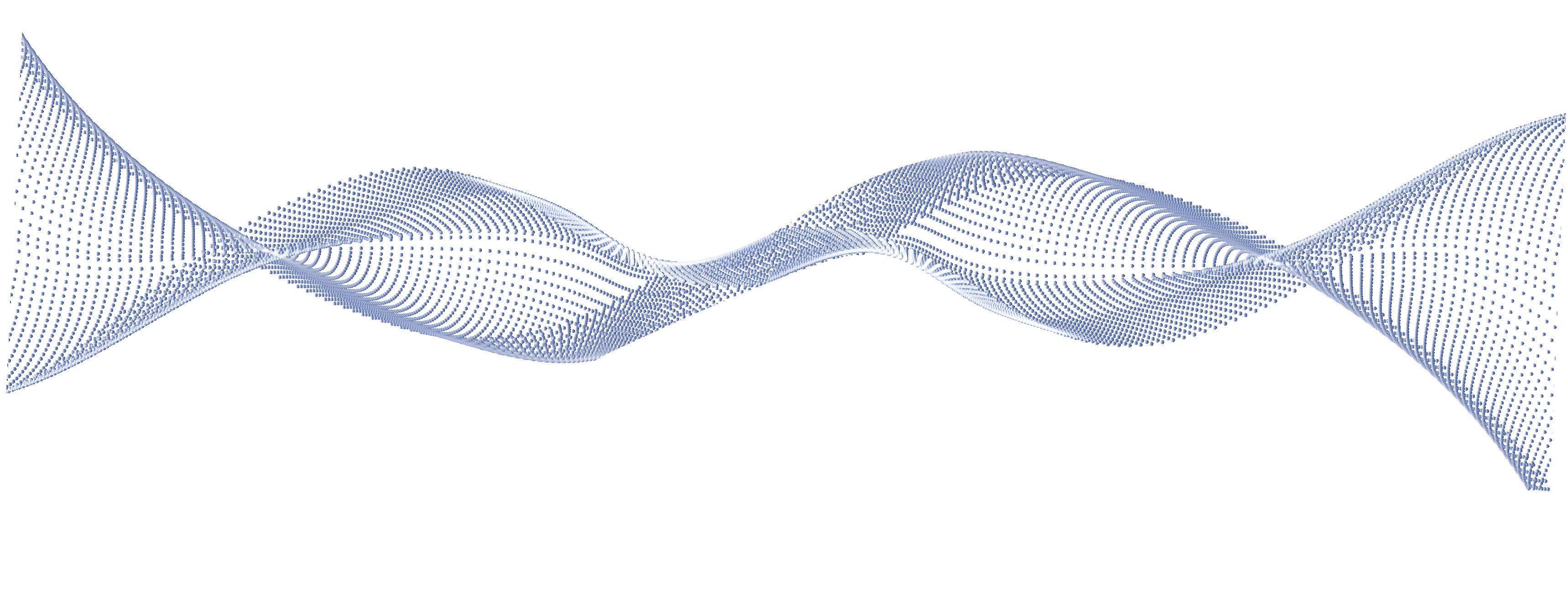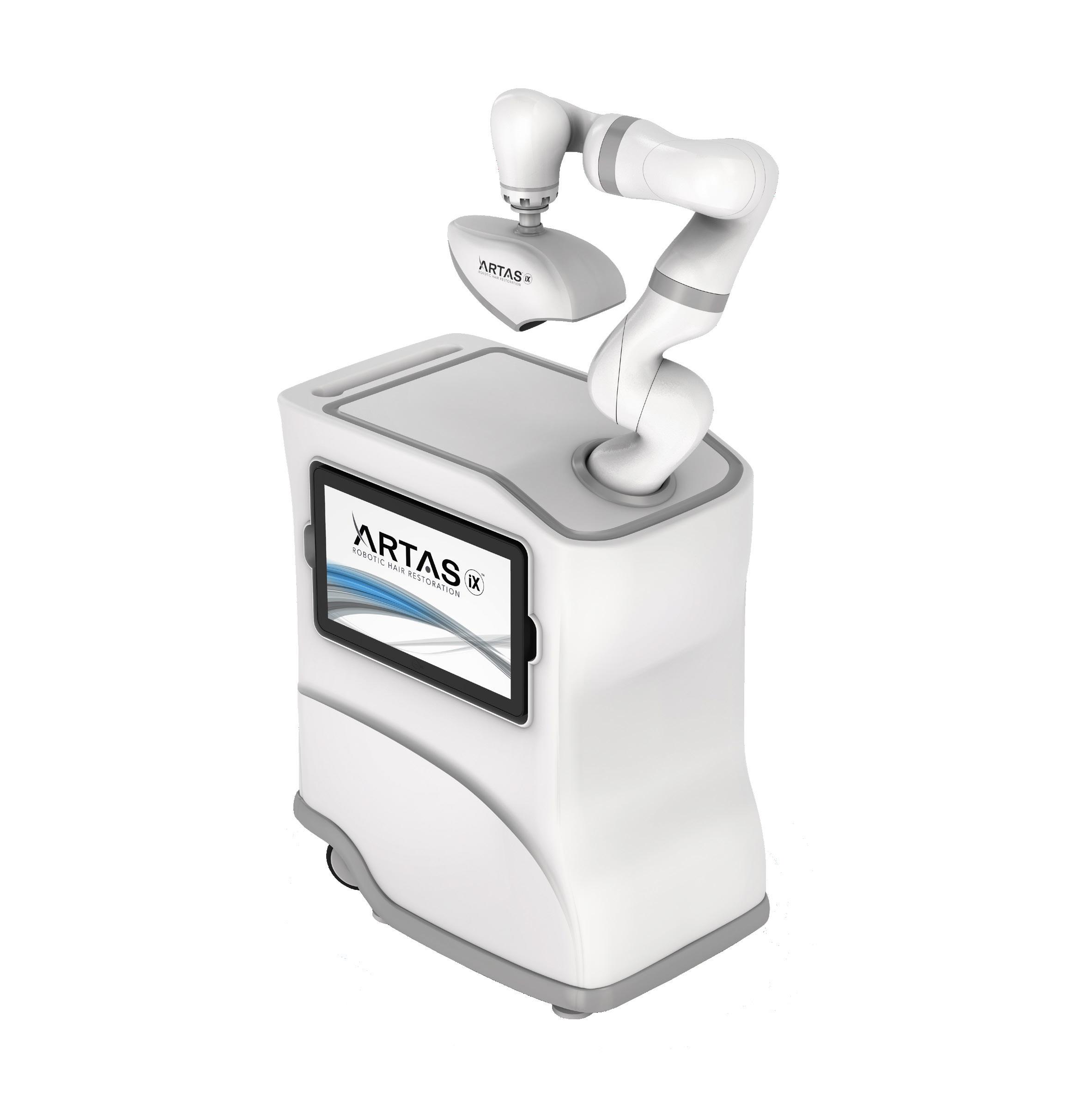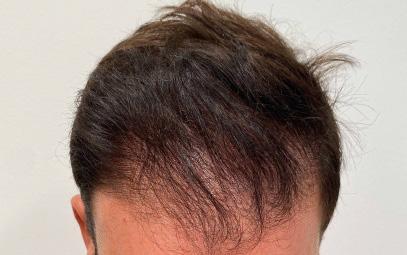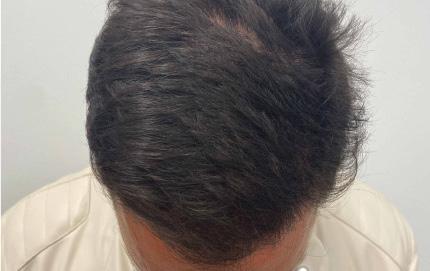
8 minute read
Using Subcision to Treat Acne Scarring
Aesthetic nurse prescriber Lucy Williams explores the use of subcision for treating acne scars
The issue of acne scarring is one of the most common cosmetic concerns and can cause psychological distress,with post-acne scarring affecting up to 95% of patients with acne vulgaris.1,2 Acne scarring can prompt embarrassment, low self-esteem and even depression, as well as cause patients to feel socially isolated, therefore leading to a reduction in patients’ quality of life.3 Since the 1970s, a number of treatments have been used effectively for improving acne scarring such as microneedling, chemical peels and prescription medications.4 However, there is yet to be a treatment that works effectively across the board for all patients. At the time of writing this article, I was treating a patient for deep acne scarring using chemical peels and wanted to know what other treatment options were available as, although we were getting some minor improvement in her acne scarring with the chemical peels, they remained visible and very deep. Here, I will look into the evidence surrounding subcision as an effective treatment for acne scarring.
Advertisement
How do acne scars develop?
Acne scars are skin lesions that develop as a result of the healing of wounds after skin inflammation from acne. Scars consist of fibrous connective tissue, hair follicles, nerve endings and sebaceous glands. Acne scarring can range in appearance from indents, raised areas and pigmentation.5 Acne scars occur because the skin creates collagen to help heal the wound, but the body can go into overdrive, producing too much collagen to create new healthy tissue. If the body makes too much collagen too quickly, scars can form.6 Acne scars can be divided into two categories: hypertrophic or atrophic. Hypertrophic scars form above the skin – these scars appear as raised lesions and are a result of the overgrowth of fibrous tissue in the region where the acne lesion had developed. Atrophic type scars occur during the healing process when the skin loses its underlying support and develops fibrous bands of tissue between the skin and subcutaneous layer, which pull on the epidermis and causes scars such as rolling, ice pick and boxcar scars (Figure 1).7 Several treatment options have been utilised to improve acne scarring over the years, such as lasers, steroid injections, chemical peels, fillers, microneedling and subcision. Although subcision has been used for a number of years, with some research trials dating back to 1995, there was not a lot of supporting literature available until much more recently. Within the aesthetics specialty, it does not seem to be a common treatment option used for acne scarring. This may be due to people not knowing much about subcision as a potential treatment. What is subcision?
Subcision can be used to treat a variety of skin conditions including atrophic acne scars, depressed scars, wrinkles and cellulite.8 Subcision works by using a needle or cannula to break up and detach the fibrous strands that bind down the scar. By doing this, these strands get replaced with normal connective tissue. Releasing the fibrous tissue helps raise the scar, consequently helping to reduce its appearance.9 There are a number of studies that I will discuss below which show that subcision can be an efficient treatment for atrophic acne scars, particularly rolling type scars.10
Studies in current literature There have been a lot of studies looking at the safety and efficacy of subcision for acne scarring, with a recent 2021 review article analysing more than 40 articles on subcision, with 21 being about subcision in the treatment of acne scarring and other scars. The article concluded that based on the evidence, subcision seems to be an effective treatment for acne and depressed scars. The article explained that as well as subcision being effective, it’s easy to apply, inexpensive and has a short downtime along with no significant complications.11 Subcision can be applied via a cannula or needle method. A study looked at more than 100 patients with rolling acne scars who were randomised into a standard technique of a 18 gauge cannula vs a 27 gauge needle. The outcomes of these procedures were assessed by three blinded dermatologists and by patients’ satisfaction. The results showed that subcision using the cannula showed good to very good improvement in 83% of patients with almost no side effects being observed compared to needle subcision. Overall, the authors concluded that cannula subcision appears to be a safe and practical technique that can enhance the efficacy of subcision without considerable complications.12 Another study evaluating at whether subcision is an effective method for treating acne scars looked at eight patients who suffered from mild to severe rolling acne scars. The patients underwent subcision via cannula and were followed up for three months. The outcomes were assessed by three dermatologists (blind) after two sessions of treatment. The patients’ satisfaction was considered to compare with dermatologists’ opinions. According to the dermatologists, they saw 88% improvement and 100% of patients said they believed they
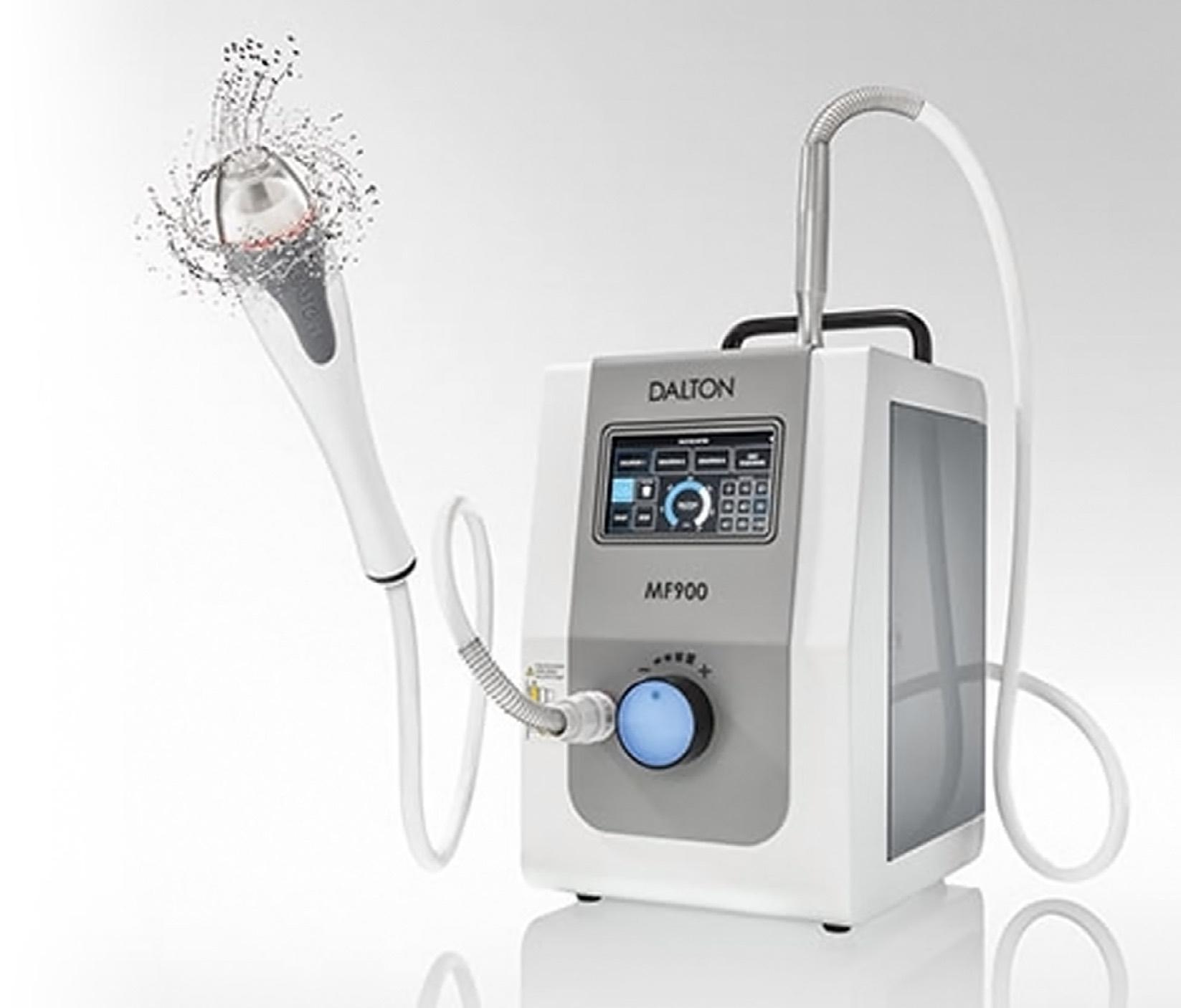

Rolling Scar Boxed Scar Icepick Scar Hypertrophic Scar
Figure 1: Types of acne scars
had good or very good improvement. The study also used photographic data which showed 100% improvement in scar depth and the appearance of acne scars. The conclusion showed subcision with cannula is highly effective, with high satisfaction in patients. We observed an interesting cure rate (more than 50% after two sessions).13 This demonstrates it to be a safe procedure because it was performed by single perforation in each side instead of multiple perforations, helping to reduce the patients’ pain and risk of scars. Although the evidence in this trial was deemed to be good, it should be noted this was a very small trial and cannot be considered a comprehensive representation.13
Combining subcision with other treatments
As well as there being an array of research studies for acne subcision, there are several articles that state that combining treatments with subcision can give better results than subcision alone. It has been stated that hyaluronic acid filler (HA) along with subcision can also be used to treat acne scarring. A recent 2022 split-face, blind, randomised placebo-controlled clinical trial investigated the efficacy and safety of a hyaluronic acid filler for atrophic facial scars. A total of 15 subjects were enrolled and randomised to receive either 1ml of HA acid or 1ml of saline via cannula to their cheek. The subjects were graded using the quantitative Global Scarring Grading System (QGSGS). The results showed that there was a significant reduction on the QGSGS at 90 days compared to saline alone, as well asan increase in the improvement of rolling box scars with filler combined to saline alone.14 Ebrahim et al. conducted a study to evaluate the efficacy of subcision alone versus its combination with cross-linked HA or poly-L-lactic acid threads in atrophic post-acne scars. The study consisted of 40 women and men, and all participants had three sessions at four weekly intervals. The results showed that subcision combined with HA or threads gave a better clinical improvement than subcision alone.15 Deshmukh et al. used platelet-rich plasma (PRP) with the subcision method in their 40-person split face study. A total of 40 patients completed the split-face study. The right side of the face was treated with autologous PRP injected right after subcision, and the left side was the control side where only subcision was performed. After treatment, the right side showed better improvement in post-acne scars than subcision alone. This treatment performed better for rolling scars than for box scars. It indicates that synergic treatments are better for treating scars.16
A case series looked at 10 patients with moderate to severe acne scarring. The patients received three sequential subcision and microneedling treatments over a period of three months with an interval of four weeks between each session. The qualitative and quantitative acne scar grading system and photographs were used for assessment. The results showed that out of seven of the patients with grade 4 scars, 29% showed improvement by 2 grades and 71% showed improvement by 1 grade, while the other three patients with grade 3 scars showed improvement by 1 grade. Overall, 30% of patients had minimal improvement, 50% had moderate improvement and 20% had good improvement in scars.17
Considerations for subcision
Subcision is classed as a minor surgical procedure.9 Therefore, as with any surgical procedure, patient selection along with safety should be a priority. Subcision should not be used in patients with a history of keloid who are on isotretinoin or who have an active infection.18,19 After a subcision treatment, patients should be able to resume normal activities but may have swelling and bruising. To reduce these effects, practitioners should recommend applying ice to the treatment area following the treatment or may also prescribe antibiotics and anti-inflammatory drugs.18,19
Conclusion
Whilst there seems to be an array of literature confirming that subcision is a safe and effective treatment for acne scarring, there may be more effective methods that work alongside subcision rather than using it as a stand-alone treatment. Research has shown that cannula rather than needle is more effective and that combining already widely used treatments with subcision is more effective than subcision alone, however, there need to be more large-scale research trials to confirm what treatment is the most effective method for addressing acne scarring alongside subcision.
Lucy Williams is the founder and director of Aurielle Aesthetics in Wiltshire. She has more than 12 years’ experience as a nurse and five years’ experience as an aesthetic injector. Williams is registered with the ACE Group World and Save Face and has extensive training and expertise within aesthetics. Qual: INP, RGN, DIP Nursing
TO VIEW THE REFERENCES GO ONLINE AT WWW. AESTHETICSJOURNAL.COM
